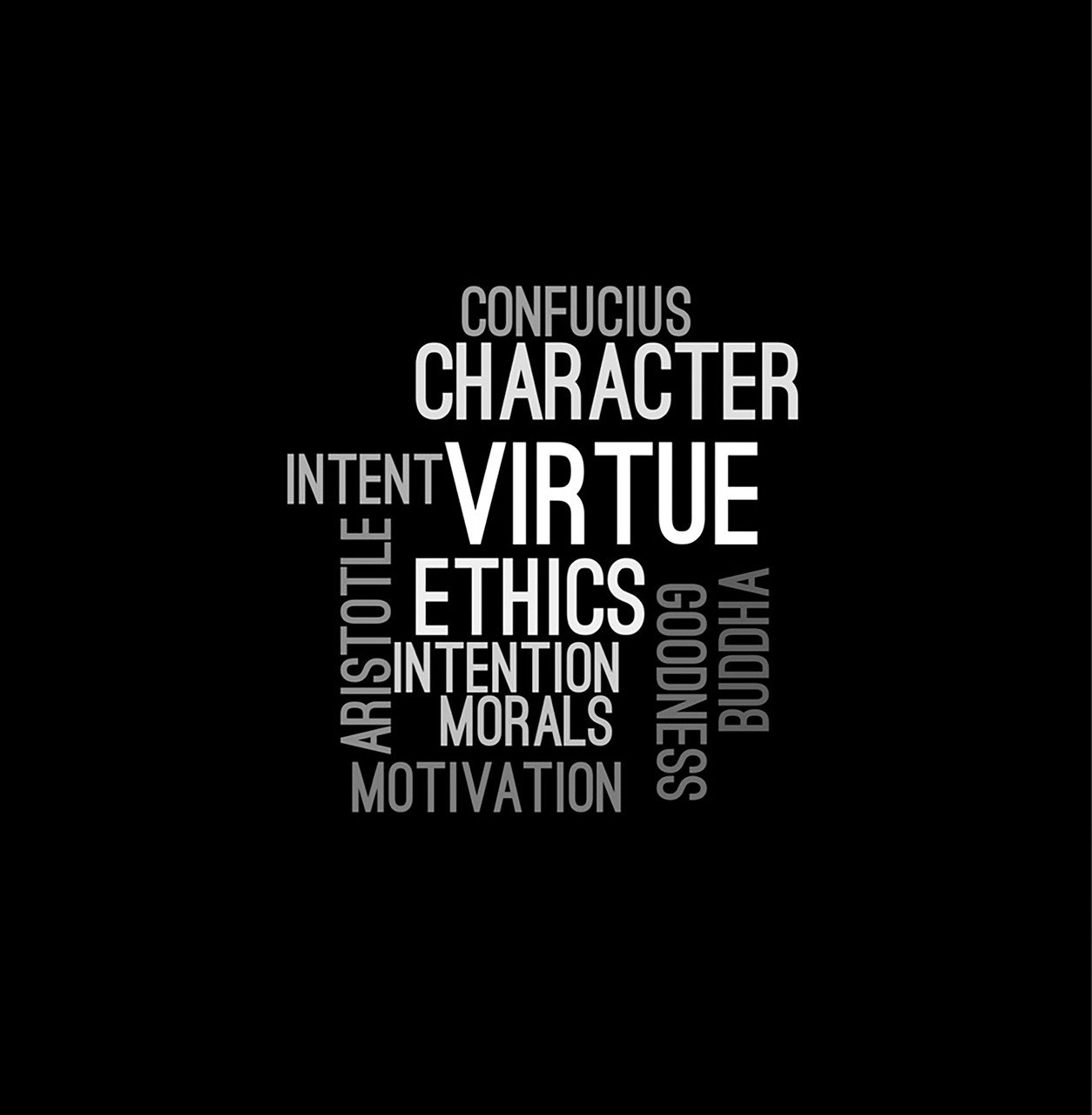The Unstoppable Ascent: How AI is Shaping Modern Workplaces
Artificial Intelligence is no longer some far-off promise—it’s here, and it’s fundamentally changing the way we work. In the last few years, AI has burst into boardrooms, factories, and home offices with dizzying speed. According to McKinsey’s 2024 report, more than 60% of companies worldwide have integrated at least one form of AI, a leap from just 30% in 2019. The pandemic acted as a catalyst, forcing companies to automate processes and digitize at a pace never seen before. Now, AI sits at the core of everything from HR to logistics, making tasks faster, decisions smarter, and businesses more agile. The global AI market has exploded, projected to top $190 billion in 2023—a figure that would have sounded like science fiction a decade ago. This meteoric rise is not just about flashy tech; it’s about survival, innovation, and staying ahead in a fiercely competitive world. For many, AI is the new heartbeat of the workplace.
Promises of Efficiency: AI’s Power to Turbocharge Productivity
AI’s biggest selling point is its ability to unlock new levels of productivity. By automating repetitive tasks—think data entry, scheduling, or inventory management—AI frees up human workers to focus on more complex and creative challenges. Advanced analytics tools can sift through mountains of data in seconds, revealing trends and opportunities that would take humans weeks to spot. A PwC study from 2024 estimates that AI could add as much as $15.7 trillion to the global economy by 2030, with the majority of these gains coming from greater efficiency. In healthcare, AI algorithms now scan medical images in a fraction of the time, while in finance, AI-powered bots flag fraudulent transactions before they spiral out of control. For every hour AI saves, companies can reinvest that time into innovation and growth. It’s like having a tireless assistant who never sleeps, never complains, and never needs a coffee break.
The Flip Side: Job Displacement and a Shifting Workforce

But not all that glitters is gold, and the rise of AI brings serious concerns about job security. The World Economic Forum’s 2023 Future of Jobs report predicts that by 2025, 85 million jobs could disappear due to automation, yet 97 million new roles might emerge—often in fields that barely exist today. This reality creates a strange paradox: AI both destroys and creates jobs, sometimes in equal measure. Roles like data labelers, algorithm trainers, and AI ethicists are springing up, but traditional positions in manufacturing, accounting, and customer service are increasingly at risk. Stories of entire call centers replaced by chatbots are no longer rare. For many, the anxiety isn’t just about losing a job, but about being left behind as the very nature of work changes. The pressure is on governments, businesses, and workers themselves to invest in skilling and reskilling—fast.
Ethics Under the Microscope: Navigating Bias and Accountability

As AI systems take on more responsibility, ethical concerns grow louder and more urgent. Algorithms can easily inherit or even amplify biases lurking in historical data, leading to unfair outcomes in hiring, promotions, or even disciplinary actions. The 2024 AI Now Institute report warns that unchecked AI can perpetuate gender, racial, or age biases, making workplaces less inclusive. Transparency is another hot topic: how do we ensure that AI decisions are explainable and accountable? Some companies have begun appointing “AI ethics officers” and building frameworks to audit algorithms regularly. Yet, the pace of adoption often outstrips regulation, creating a wild-west atmosphere in some sectors. The stakes are high—one misstep could not only harm individuals but also damage a company’s reputation beyond repair. As the saying goes, with great power comes great responsibility.
AI in Recruitment: Smarter, Faster, Fairer?

Recruitment has been revolutionized by AI, with tools that can scan thousands of resumes in seconds and match candidates to roles based on skills, experience, and even personality traits. Applicant tracking systems (ATS) powered by AI are now standard in large organizations, reducing time-to-hire and helping HR teams focus on deeper human interactions. But problems persist: if the data used to train recruitment algorithms is biased, AI can inadvertently exclude talented candidates from diverse backgrounds. The debate rages on about whether AI can ever truly replace the nuanced judgment of a human recruiter. Still, companies like Unilever and IBM report significant cost savings and improved diversity metrics by using AI in early screening. The challenge is clear: leverage AI for speed and scale, but never at the expense of fairness.
Personalized Workspaces: AI’s Role in Employee Experience

AI isn’t just about efficiency; it’s also quietly transforming how employees feel at work. Virtual assistants and chatbots now answer HR questions instantly, from leave requests to benefits explanations, making work life smoother. AI-driven learning platforms suggest personalized training modules based on an employee’s skills and career goals, fostering growth and engagement. A 2024 Deloitte survey found that companies utilizing AI for personalized employee support saw a 20% jump in satisfaction scores. These tools don’t just make work easier—they make it feel more human, ironically enough. When employees feel seen and supported, they’re more likely to stay, innovate, and advocate for their employers. In a world where retention is as critical as recruitment, AI’s ability to boost morale is a hidden superpower.
Remote Revolution: AI as the Glue in Distributed Teams

The remote work era, hastened by the pandemic, has made AI-powered collaboration tools indispensable. Platforms like Slack and Microsoft Teams now use AI to organize conversations, summarize meetings, and even suggest next steps. AI-driven project management software helps teams track tasks, deadlines, and workloads with unprecedented accuracy. Gartner’s 2024 survey notes that 74% of CFOs plan to make remote work a permanent fixture, relying on AI tools to maintain productivity and cohesion across time zones. With AI, managing distributed teams is less about micromanagement and more about smart, data-driven support. The result? Fewer miscommunications, faster decision-making, and a sense of connection despite physical distance. AI isn’t just enabling remote work—it’s making it thrive.
Human + Machine: The New Model of Collaboration
The future of work isn’t a battle of humans versus machines—it’s a partnership. AI excels at crunching data and automating routine tasks, but humans bring creativity, empathy, and judgment. Research from IBM in 2024 found that companies prioritizing human-AI collaboration achieved productivity gains of up to 30% over those that resisted integration. In fields like medicine, AI analyzes scans while doctors interpret results and deliver care. In finance, bots handle transactions while analysts strategize. The magic happens when each side does what it does best. Forward-thinking leaders are redesigning workflows, not to replace people, but to amplify their unique strengths. This synergy is reshaping what it means to be productive, creative, and fulfilled at work.
The Upskilling Imperative: Preparing Today’s Workforce for Tomorrow
To keep pace with AI’s relentless advance, continuous learning is no longer optional—it’s essential. Companies are rolling out extensive training, from digital bootcamps to micro-credential programs, to help employees acquire new skills. The OECD’s 2024 Skills Outlook highlights that workers with strong digital literacy and adaptability are best positioned to thrive in AI-augmented environments. Reskilling isn’t just about coding; it includes problem-solving, critical thinking, and emotional intelligence—areas where humans still have the edge. Businesses investing in learning and development are not only future-proofing their talent but also building loyalty and resilience. For employees, the message is clear: embrace lifelong learning or risk being left behind in the AI revolution.
AI’s Uneven Impact: Winners, Losers, and the Risks of a Divided Workforce
The benefits and risks of AI adoption are not spread evenly. High-skilled workers in tech, analytics, and creative industries often see their roles enhanced, while routine jobs in sectors like manufacturing and retail face the greatest threat from automation. This creates the risk of deepening inequalities within and between organizations. Small businesses may lack the resources to implement cutting-edge AI, widening the gap with larger competitors. Regions with weak digital infrastructure could fall further behind, exacerbating economic divides. Policymakers and business leaders are grappling with how to ensure broad-based benefits—through subsidies, tax incentives, or public-private partnerships. The story of AI in the workplace is not just about technology; it’s about who gets ahead and who gets left behind.
Regulation and the Road Ahead: Navigating Uncharted Territory
As AI weaves itself deeper into the fabric of work, calls for regulation are growing. Governments around the world are debating how to set boundaries for AI use, from transparency requirements to rules against discriminatory algorithms. The European Union’s AI Act, poised for implementation in late 2024, sets strict standards for high-risk AI systems, including those used in hiring and workplace surveillance. In the US and Asia, regulatory approaches are still forming, with a focus on balancing innovation with accountability. For companies, this landscape creates uncertainty but also opportunity—to lead by example and set best practices before the law catches up. The next few years will be pivotal in shaping not just what AI does, but how it is governed, trusted, and integrated into our working lives.

